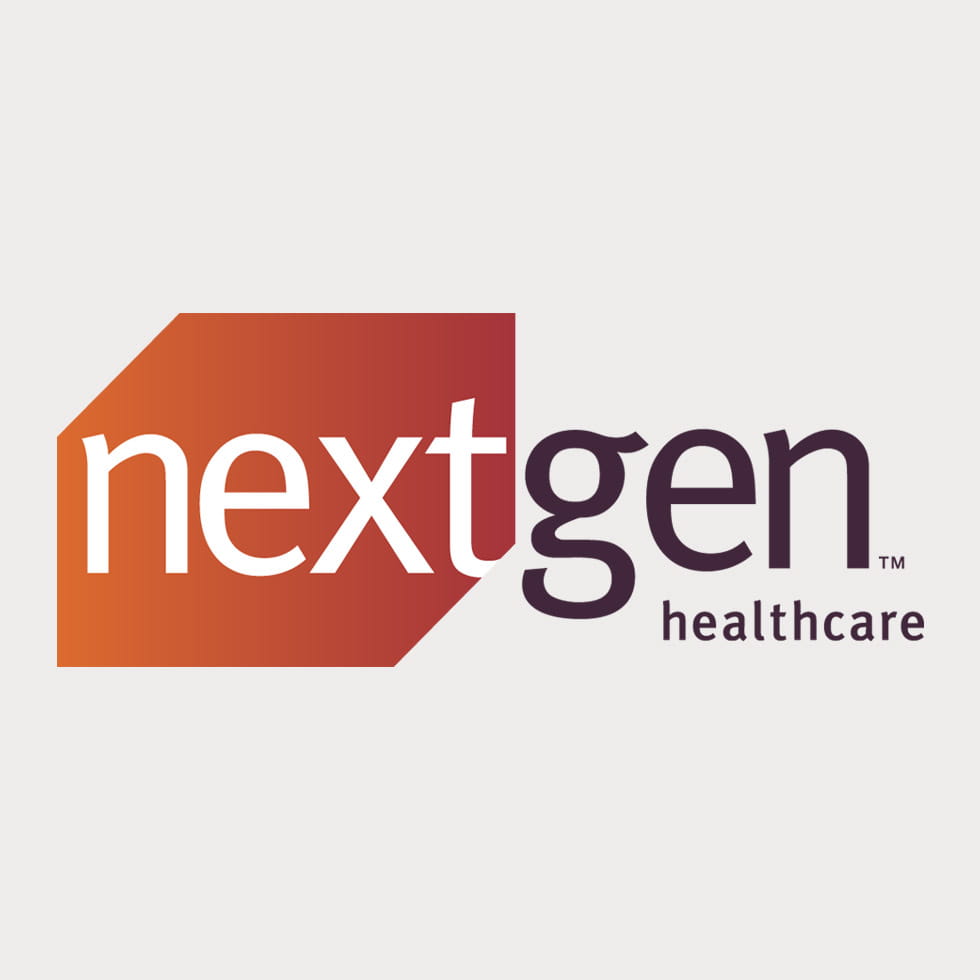Delivering quality care and fulfilling reporting requirements are two hallmarks of modern healthcare. The Merit-Based Incentive Payment System (MIPS) is a federal program for eligible Medicare providers that offers higher reimbursement rates and rewards for improving patient care quality.
As with many reporting standards, the intricacies of MIPS reporting can be detailed and complex. Understanding what MIPS is and homing in on proven tactics for improving your MIPS performance can help you achieve better reimbursements and avoid penalties. Avoided penalties can be up to –9% off your Medicare reimbursements, making these avoided penalties even higher than the adjusted reimbursements.
What is MIPS?
MIPS is part of Medicare’s Quality Payment Program (QPP). The goal of MIPS reporting is to reward qualifying providers and practices for making improvements in patient care quality and overall care outcomes. Specifically, the reporting guidelines emphasize accomplishing both cost-effective and high-quality care.
Within MIPS, there are three different reporting options:
- Traditional MIPS
- MIPS Value Pathway (MVPs)
- APM Performance Pathway
Eligibility for these various options depends on requirements such as participation in a MIPS APM, your specialty, and how many Medicare beneficiaries you provide services for. The QPP offers an online participation status tool to help providers view their participation status each performance year.
What are the MIPS reporting requirements?
Once a reporting option is chosen, there are four areas in which performance is tracked, reported, and evaluated:
- Quality
- Promoting Interoperability
- Improvement Activities
- Cost
These areas aim to evaluate the quality of care that is delivered, the promotion of patient engagement, the electronic exchange of health information, the improvement of care processes, and the cost of care provided.
Your performance in each of these areas contributes to your MIPS score, which is on a scale of 0-100. Quality and Cost are the two most heavily weighted categories, with each contributing 30% to the overall score, while Promoting Interoperability contributes 25%, and Improvement Activities, the remaining 15%.
How to improve your MIPS score
With the detailed elements of MIPS reporting, it can be difficult to know where to begin improving your score. Here are three MIPS performance tips to integrate into your approach to reporting.
1. Select the best quality measures for your practice
When looking at the measures within each category, prioritize those that best align with your practice’s goals and patient demographics. Discern areas that play into your strengths as an organization and make note of areas where you can seek improvement.
Once you identify these areas, ensure a thorough understanding of measure specifications and benchmarks so you can accurately measure and report outcomes. Also, highlight benchmarks that you can feasibly meet or surpass. Exceeding past benchmarks will improve your MIPS score.
2. Implement technology and solutions
Leveraging technology that optimizes category performance and streamlines the reporting process is a major step towards improving your MIPS score. Implementing an EHR with MIPS functionalities can boost your data collection and measurement calculations. This technology helps ease the process, save time, and minimize potential errors from manual entry.
Similarly, integrating technology that supports interoperability and health information exchange (HIE) especially contributes to the Promoting Interoperability category. However, it also improves the overall MIPS score by propelling a more overarching and comprehensive view of patient health.
3. Make continual improvements
MIPS reporting is an ongoing process. Having a mindset for continuous quality advancement bolsters the Improvement Activities categories and, again, boosts care quality and improves MIPS score.
With the intricacies of MIPS reporting, it is beneficial to look at specific areas for improvement throughout the year and keep an eye on eligibility and performance periods. As you make regular evaluations, changes can be implemented to help advance care, optimize costs, and continue boosting your MIPS performance.
Another top MIPS performance tip
Considering the eligibility requirements, timeline, and reporting options, MIPS reporting is a complex yet rewarding program. Therefore, professional support is one of the best ways to help strategically measure performance, review benchmarks, and target the most impactful areas of improvement with curated education and workflows.
NextGen Healthcare Quality Program (QP) Services offers personalized assistance to practices so they can find the most efficient solutions for achieving measurable success in MIPS reporting. NextGen Healthcare clients consistently score 2-4% higher than the national average, and we have helped one-third of our clients achieve a perfect 100% MIPS reporting score.
The QP team fuels strong partnerships and client success; see the difference they made at Arthritis Health Associates, helping them achieve a perfect MIPS score and earn a positive adjustment of over $35,000.
If you're looking to gain an integral partner in beginning or improving your MIPS reporting, reach out to a member of the QP services team at qpservices@nextgen.com.
Meet NextGen Ambient Assist, your new AI ally that generates a structured SOAP note in seconds from listening to the natural patient/provider conversation.
Read NowCategories
- Analytics and Reporting
- Regulatory Updates
- Artificial Intelligence (AI)
- Community Health
- COVID-19
- Dental
- Documentation
- Electronic Health Records
- Financial Management
- Health IT 101
- Industry news
- Integrated Care
- Interoperability
- Mobile EHR
- NextGen Advisors
- Patient Experience
- Practice Management
- Provider Experience
- Patient Engagement
- Population Health
- Revenue Cycle Management
- Small Practice
- Telehealth
- Value-based Care


